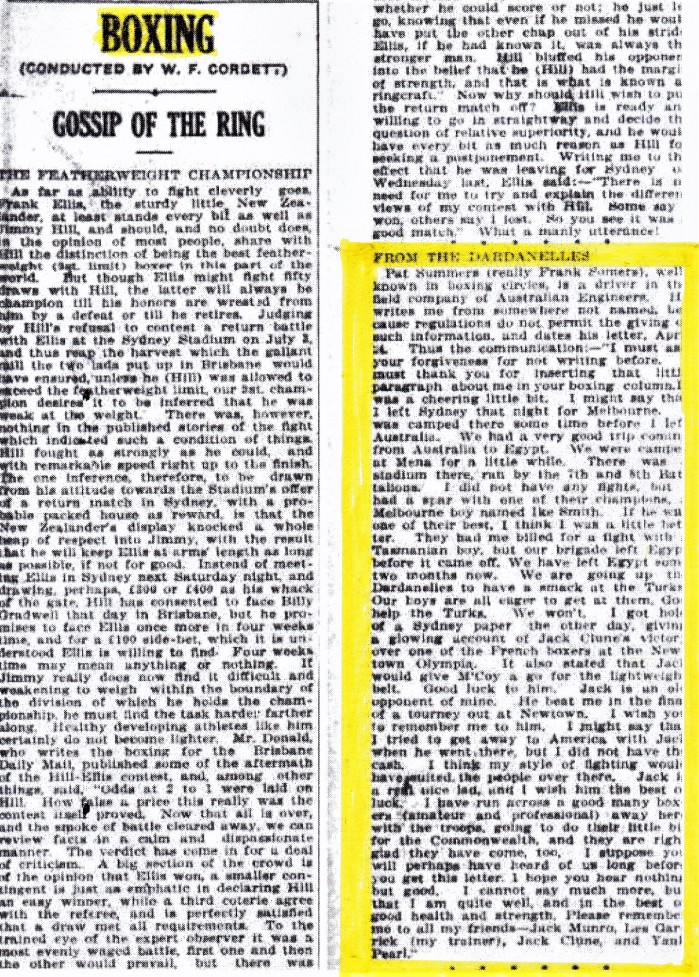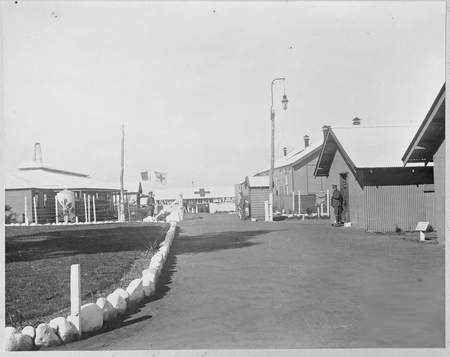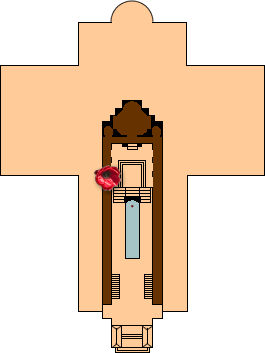
231 Francis Patrick Somers
Frank had just started out as an amateur Boxer, and then the war changed all of that.
Frances Patrick Somers was born in the small country town of Tenterfield, New South Wales in 1886 to parents Michael and Mary Somers. By adulthood Frank had moved to Sydney and was living at Redfern and worked as a labourer with the NSW Railway Department at the Everleigh Workshops.
In December of 1913 Frank made his debut as a featherweight boxer on the local Sydney scene. He planned a boxing career and went by the name of Patrick Summers and quickly became well known among followers of the sport of pugilism.

When war broke out, Frank enlisted as a Driver with the 1st Field Company Engineers 1st Reinforcements on the 4th September 1914. He later embarked from Victoria with just 22 other men that made up the 1st Reinforcements on the HMT Berrima on the 22 December 1914.

Shortly after arrival in Egypt the reinforcements were all transferred to the 1st FCE and allotted new service numbers.
For many of the drivers not attached to the landing party at Gallipoli, many were attached to a mounted division awaiting to land with their horses, however this never eventuated and the drivers along with the horses later returned to Mena camp In Egypt.
Frank gave a brief account of his time in Egypt and his obvious love of boxing in a letter to journalist W.F Corbett who contributed a regular article in the Sydney ‘Arrow’ often titled “GLEANINGS FROM THE WORLD OF PUGILSIM”.

On the 13th June his service record with the 1st FCE was cut short when he was admitted to hospital with venereal disease and transferred to the Abyssinia General hospital. He then embarked from the Suez for Australia on the Hospital Ship Ballarat on the 5th July 1915 landing back in Australia on the 6th August. Later in the month he was A.W.L and was struck off strength from the A.I.F.
In the very early stage of the war, the stigma attached to venereal disease was detrimental to both the soldier and the reputation of the Australian Imperial Forces and efforts were made to keep the truth of this illness quiet and many of the VD cases were described as “sick enteric”. This standard was maintained for the duration of the war and many severe VD cases returning to Australia were hospitalised at Langwarren Venereal Diseases Hospital in Victoria. Once the soldier fully recovered, he returned to active service.

Frank’s disappearance however remains a mystery until the 23rd September 1915, but still in Victoria, he re-enlisted, this time using his boxing identity Patrick Summers as an alias.
He enlisted with the 3/51st Battalion as Private No. 1953 and spending a few months at Broadmeadows Camp in Victoria, the battalion later embarked from Fremantle in July 1916.
While on board the troop ship, Frank now known as Patrick, was promoted to Lance Corporal shortly before disembarking in Plymouth England. A few short months in England and the battalion made its way to France .
In February 1917 he was congratulated for his excellent results achieved at the Anzac Corp school in France. Four weeks later he reverted back to Private and spent almost 12 months continuous service in the field.
Early in 1917, the 51st Battalion participated in the advance that followed the German retreat to the Hindenburg Line. On 2 April it attacked at Noreuil, a village which had been fortified to delay the Australian advance.
With the collapse of Russia in October 1917, a major German offensive on the Western Front was expected in early 1918. This occurred in France in late March and the 4th Division moved to defend positions around Dernancourt on the River Ancre. The 51st Battalion assisted in the repulse of a large German attack on 5 April, launching a critical counter-attack late in the day.
The German threat remained until late April, and in the early hours of ANZAC Day 1918 the 51st Battalion participated in the now legendary attack to dislodge the enemy from Villers-Bretonneux.
Frank Somers was killed in action on this day, Anzac Day 1918, at the 2nd Battle for Villers-Brettoneux, France. The exact circumstances of his death are unknown.
His body was recovered and buried in a field of honour by the Reverend Chaplain Blackwood of the 13th Brigade. His remains were later exhumed and he was reburied at the Adelaide Military Cemetery Villers Bretonneux .
When news of Frank’s death filtered back home, journalist J.W Corbett made mention of Frank in “GLEANINGS FROM THE WORLD OF PUGILSIM”.
” Killed Sapper Frank Somers, whom boxing’s followers in Sydney knew as Pat Summers, was killed on Anzac Day in France, aged 33″. – Arrow (Sydney, NSW Fri 21 Jun 1918 )
Francis Patrick Somers also has his name located at panel 154 in the Commemorative Area at the Australian War Memorial (as indicated by the poppy on the plan).

His name will also be projected onto the exterior of the Hall of Memory on the following dates:
• Fri 20 April 2018 at 10:23pm
• Mon 04 June 2018 at 7:07pm
• Mon 16 July 2018 at 4:55am
• Thu 30 August 2018 at 9:38pm
• Tue 23 October 2018 at 8:42pm
Sources and Acknowledgments :
AWM, NAA, NLA
Family Notes:
Sister Elizabeth Alice Somers married John Newnham in 1905 – she died in 1938.
Twin brother Patrick Martin Somers or Patrick Thomas Somers b.1886 went by the name Joseph and enlisted AIF at Armidale. – died 1964 Queensland
Brother William Joseph Somers b. 1891 (served AIF Ambulance) ( spent a troubled youth and ended up on the Sobroan – his parents were noted on file as respectable). He also enlisted in WW1 served from 1916 on the Nursing staff throughout France was wounded and returned in 1919. He died Sept 1942.








